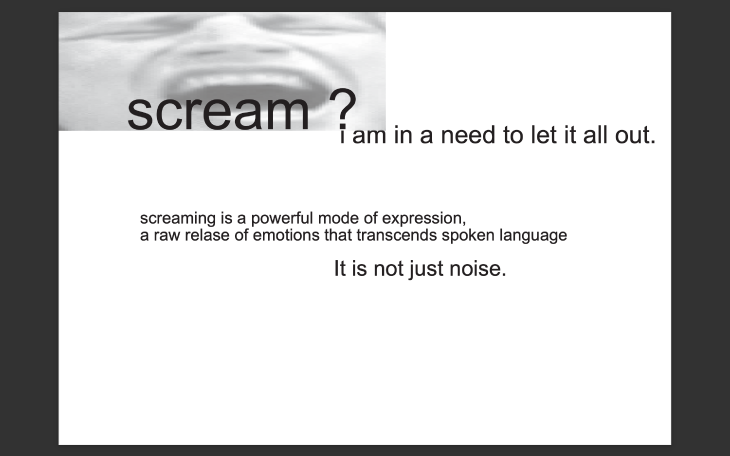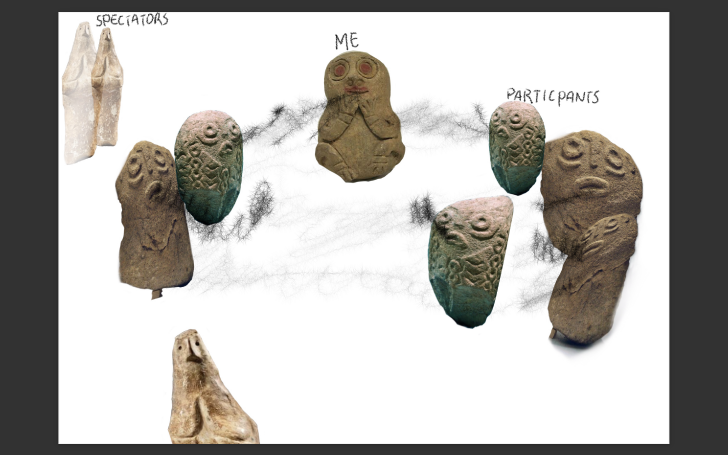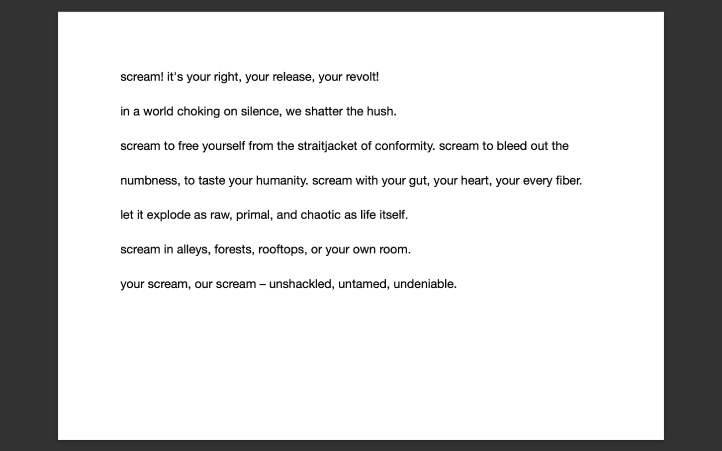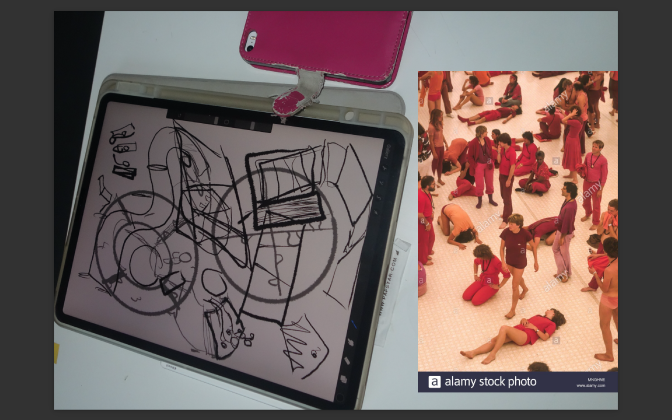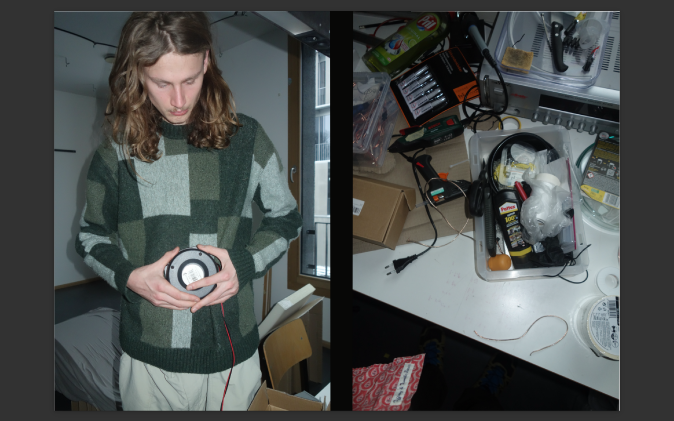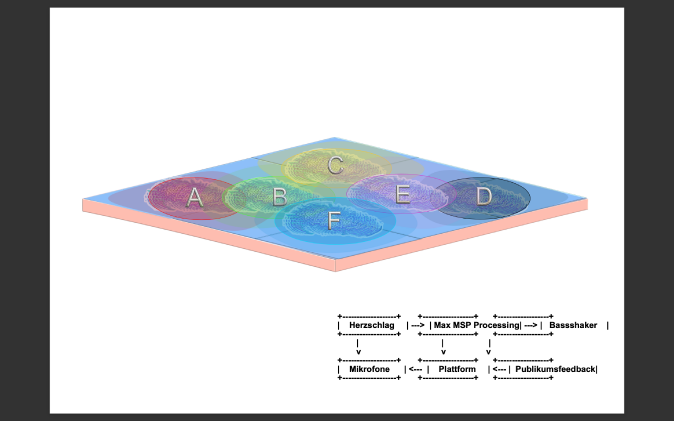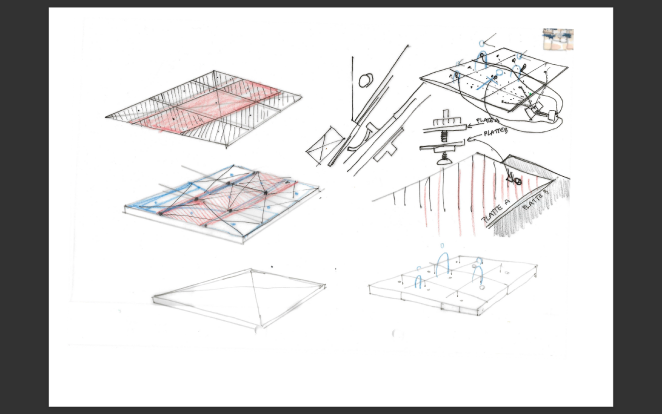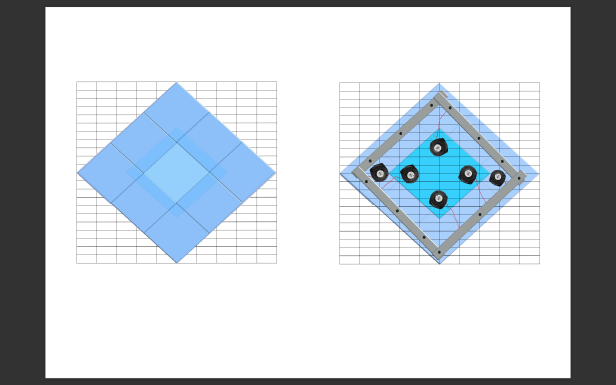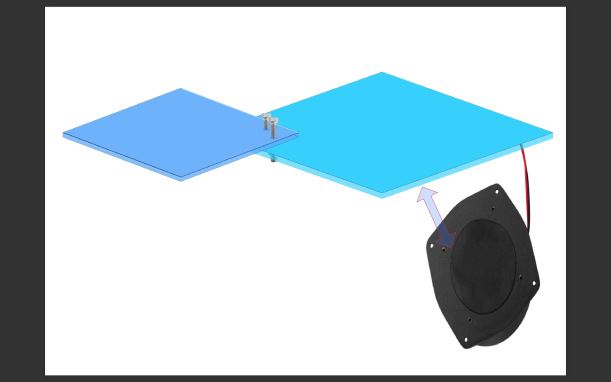Screaming as Liberation and Silent Communication: A Journey into the World of Expression
In a world where we are often forced to suppress our emotions, where external expectations and societal norms weigh us down, screaming becomes an act of liberation. It is a way to be honest with oneself, to acknowledge inner conflicts, and to find the courage to raise one's voice.
This scream is a rebellion against the suppression of our feelings and a reminder of our existence and the authenticity of our emotions.
Screaming is not just an individual expression, but also an act of self-assertion, reminding us that we exist, our feelings are real, and our voices matter. It opens alternative ways to express ourselves when words fail, becoming a powerful medium, an expression that resonates deeply within ourselves.
This idea illustrates that communication is not limited to spoken words. Our voice and body are instruments of expression that go beyond mere language, conveying joy, pain, anger, despair, or liberation. They offer comfort and solidarity when words fail and convey messages of hope or warning that are understood beyond language barriers.
Screaming is more than just noise. It is a form of communication that empowers us to express ourselves and to be heard. In a world often overwhelmed by societal norms and expectations, screams become an act of liberation. They break the silence and penetrate the surface of our control. They are the silent expression of our innermost conflicts and deepest desires, and in this silent communication, we find not only our own liberation but also a connection to others going through similar struggles.
The art of screaming reminds us that sometimes the quietest words are the most powerful. In a world where silence often prevails, screams remind us that life is full of emotions worth expressing. Our journey into the world of expression through screams shows us that liberation happens through noise and silence alike, and that our voices in all their forms should be heard.
Observational Paper on Screaming Workshops: An Exploration of Emotions, Community, and Medium Shift from My Perspective
This summer, I had the opportunity to lead "Screaming Workshops" in various settings and with different groups of participants. These experiences were extremely enlightening for me and expanded my perspective on screaming as a form of expression. It is important to note that I do not seek to take a hierarchical position but rather explore and share screaming out of a personal necessity. My goal is to explore and understand the emotions that screaming evokes while simultaneously offering an invitation to shared experience.
Diverse Emotional Reactions:
During the screaming sessions, I observed a wide range of emotional reactions among the participants. Some seemed relieved as they screamed, while others appeared frightened or embarrassed. Still, others experienced a mix of emotions. This diversity of emotions highlighted the profound effect of screaming on an individual level. As the workshop facilitator, I also experienced my own emotions, particularly the fear of the participants' reactions and the pressure for the workshop to be successful. At the same time, I felt the urgent need to scream alongside the participants to express my own feelings. It was astonishing to realize how cathartic screaming could be and how it helped me release my own emotions.
Community and Silence:
After screaming, a remarkable silence often followed, accompanied by an increased sense of community. Participants seemed to feel closer to each other, and this sense of camaraderie was significant for many of us. This experience sparked considerations on how such moments of silence and community could be creatively utilized to enrich the workshop and deepen the sense of togetherness.
Workshop Format and Medium Shift:
The idea of implementing these experiences into workshops was a deliberate medium shift. How can a neutral space be created where participants can freely express themselves without establishing hierarchies? In what spaces can this workshop function, and how can participants be adequately prepared? These questions are crucial and provide room for further explorations.
Creating a safe and neutral space where participants can freely express themselves is one of the most important tasks. This space should foster openness and invitation without establishing dominant authority or hierarchy.
The workshop provides an excellent opportunity to explore and deepen the practice of screaming as an artistic expression. This could involve trying out various screaming techniques, examining the impact of screaming on the audience, or even exploring the history of screaming expression in art.
Reactions and Further Development:
Some participants reported heightened emotional expression and a deeper connection to their own feelings through screaming. Participants also developed a deeper understanding of emotional expression and gained new insights into the effect of screaming on their emotions. These two types of gains are closely linked and can reinforce each other, as emotional experiences often deepen understanding.
This text marks the beginning of a longer work, with further workshops and research on this fascinating topic on the horizon. Please let me know if you require any further adjustments or additions.
